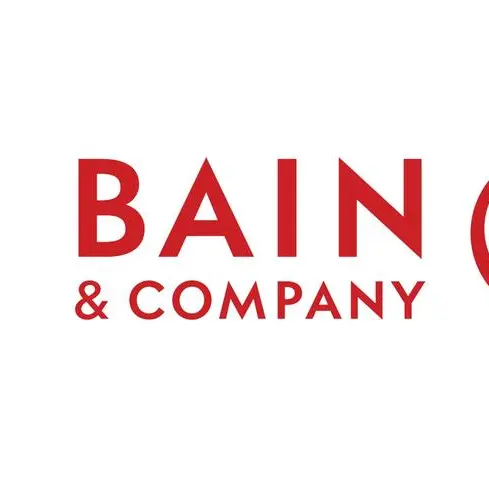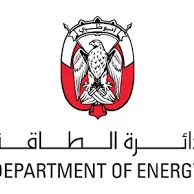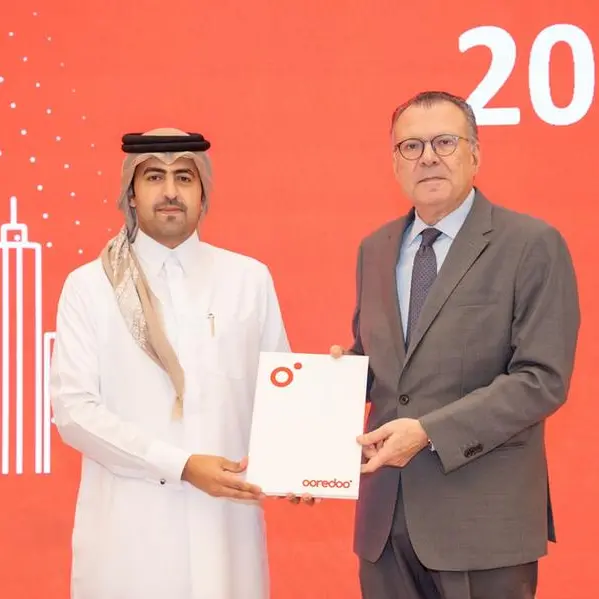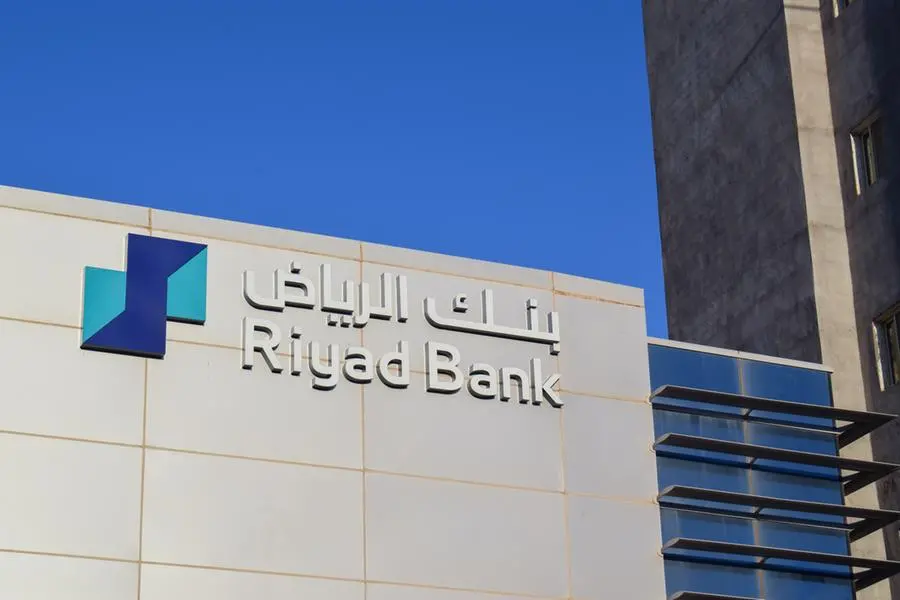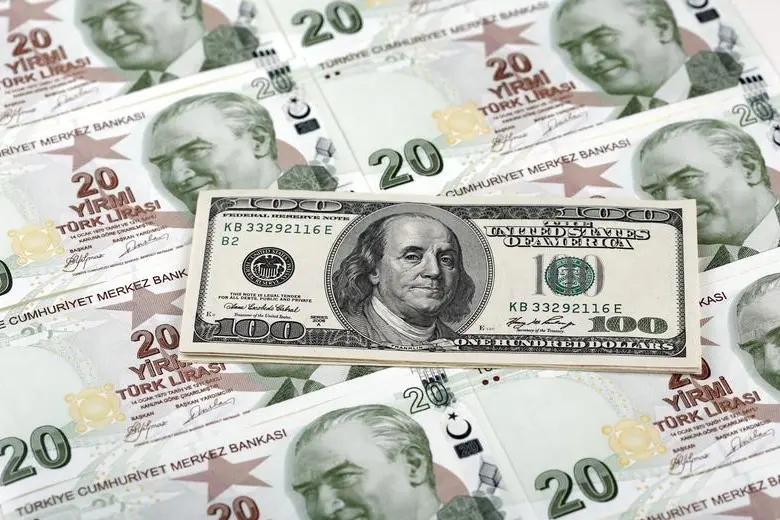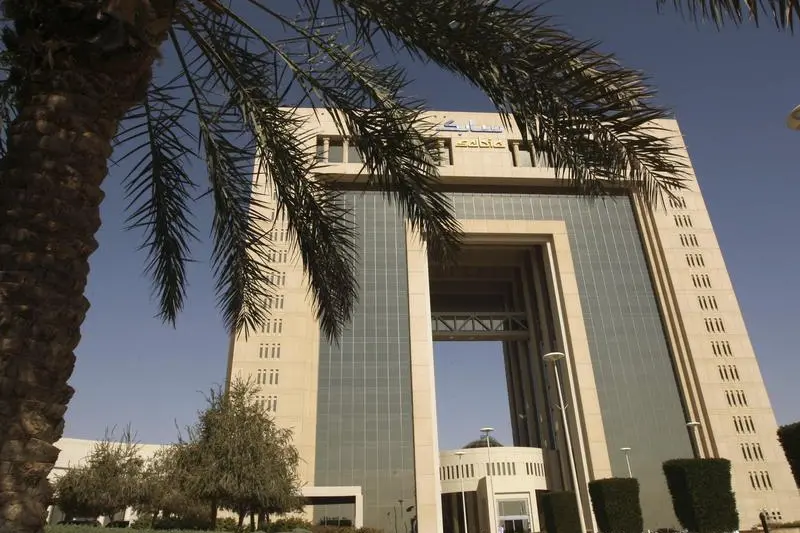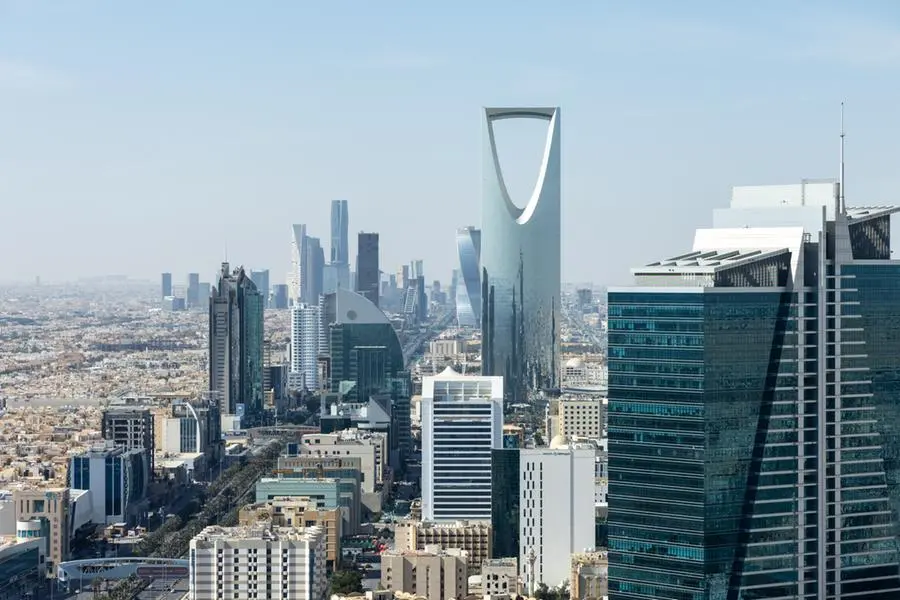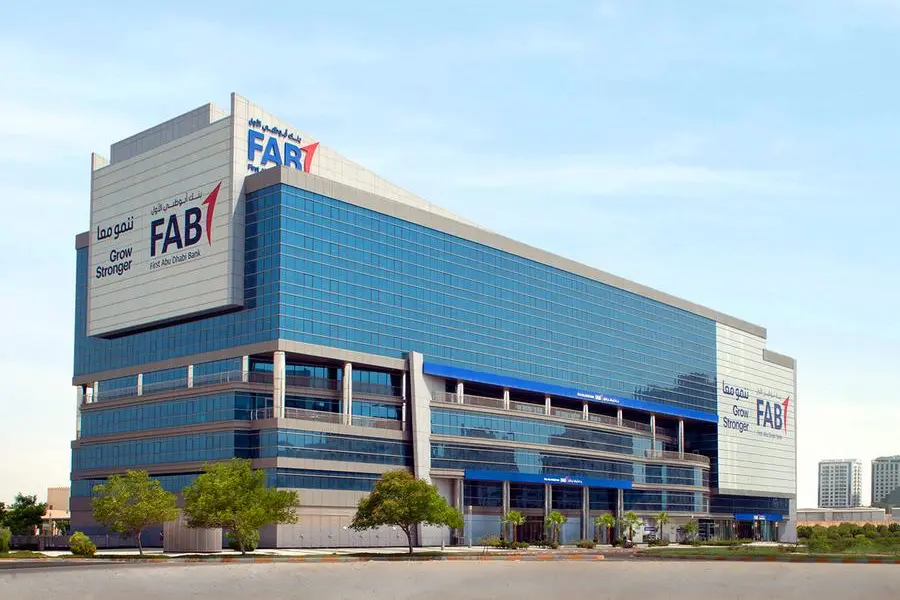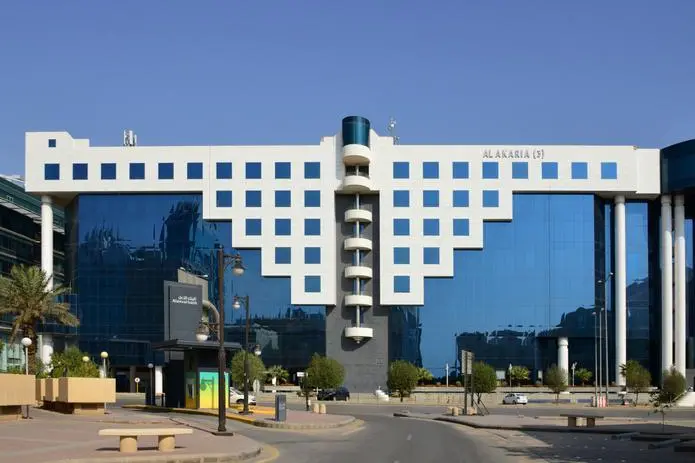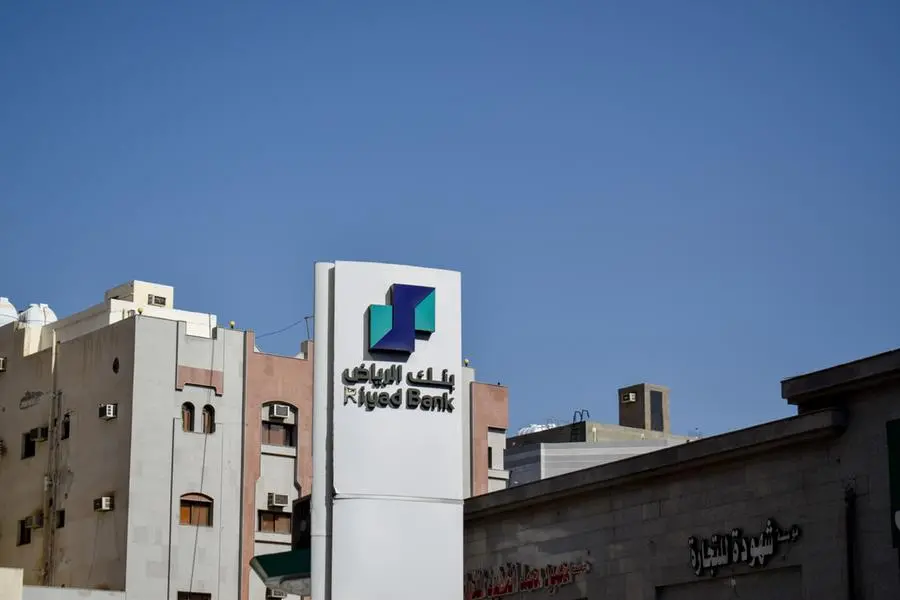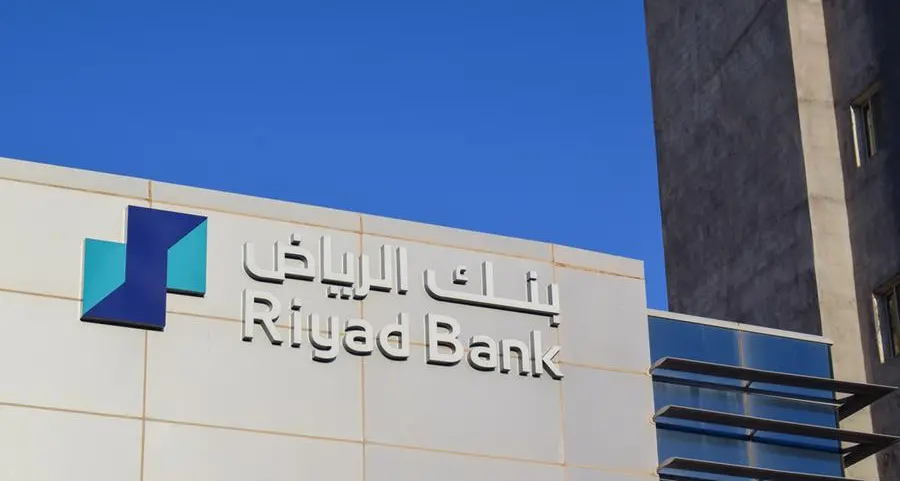KFH-Research issued a report that stated that the telecomminucations sector in Bahrain witnesses high usage of cell phone services with a rate over 150%. Bahrain that is considered to be the smallest market in the Middle East, is also considered to be the most advanced market. it is worth noting that the Bahrainian market is open to the region, and three major telecommunications company operate in it.
The report expected that Bahrain will witness a high rate of internet usage as a result of the strong infrastructure, and that the competition will remain strong in the future, due to the size of the local market. However, the saturated market requires the telecommunications companies to expand internationally to seek growth opportunities
Bahrain has liberalised its telecommunications market to a large extent and it is now one of the most open in the region, underpinned by a relatively well-developed regulatory structure. A new telecommunications law passed in 2002 established an independent regulator, competition was introduced into the mobile market in 2003 and in 2004 all other sectors were liberalised. In an effort to further promote fair competition the regulator has since implemented a number of decisions to improve network access and interconnection to the incumbent's network. Both fixed-line and mobile penetration are high by regional standards. In contrast to other countries with high mobile penetration, the number of fixed lines is increasing, due to infrastructure based competition by WiMAX operators.
Bahrain's Liberalisation of the Telecommunications Market
In 2003 Bahrain began a process of liberalisation of telecommunications, guided by the first National Telecommunications Plan. The Plan aimed to create a free market environment that would be attractive to private sector entrants. The Plan emphasised the implementation of liberalisation, the establishment of the licensing regime and issuing of licenses, the requirement of universal service and the role of the TRA. Competition was introduced in the mobile sector in 2003 with the award of a second licence to MTC Vodafone (now called Zain Bahrain). A Second National Telecommunications Plan, published in February 2008, intends to build on the first, continued with the independence of the TRA and adapt the policy, regulatory and institutional framework to the changing technological environment. Following the Second National Telecommunications Plan, the TRA conducted a review of the market and drew up a package of measures intended to further promote competition and the interests of consumers, with a detailed target timetable. A third mobile licence was awarded to Saudi Telecom Company (STC) in January 2009.
Broadband Access Market
Bahrain has always been at the forefront of Internet penetration in the region but since the introduction of greater competition, and the consequent fall in prices, subscriber numbers have grown rapidly. Broadband services are now ubiquitous, with dial-up subscribers negligible. Infrastructure-based competition has been essential to growth; ADSL was once the dominant means of broadband access prior to widespread adoption of WiMAX and mobile broadband, which represented over 80% of total broadband subscriptions in January 2012.
Mobile Market
Bahrain's mobile market is serviced by three mobile network operators. Subscriber numbers continue to show strong growth despite a highly-penetrated market, indicating multiple SIM card ownership by individuals, with TRA data showing 31% of respondents to a survey held two or more active SIM cards in 2011. The saturated mobile voice market has led to the mobile operators increasingly concentrating on mobile broadband, content and application services for revenue growth. As in the rest of the Middle East, roaming has become a major area for competition, particularly since the launch of Zain's 'One Network' service. Batelco, in competition, offers free roaming in 20 countries through its 'World Freedom' service. Bahrain was one of the first countries in the region to launch LTE services. With revenue growth difficult in the mobile voice market, both HSPA and LTE are being used to underpin the next major revenue growth opportunity centred on mobile broadband services, content and applications.
Conclusion and Outlook
Bahrain remains a saturated market with extremely high mobile penetration rates of over 150%. Possessing one of the smallest markets in the Middle East, Bahrain's telecoms market is arguably one the most developed. Early to liberalise its market, it is one of the most open in the region, underpinned by a relatively well-developed regulatory environment. To further promote fair competition an active regulator has implemented a number of decisions to improve network access and interconnection to the incumbent's network. In contrast to other countries with high mobile penetration, the number of fixed lines in Bahrain is increasing due to infrastructure based competition by WiMAX operators, which make up approximately a quarter of total fixed lines. Bahrain boasts high Internet penetration levels due to strong infrastructure-based competition; ADSL was once the dominant means of broadband access prior to widespread adoption of WiMAX and mobile broadband, but now accounts for only one in five broadband subscriptions. This figure is expected to fall further as mobile broadband penetration continues to grow. Three network operators compete in the mobile market, which is made up predominantly of prepaid users. Subscriber numbers continue to show strong growth despite a highly-penetrated market, indicating multiple SIM card ownership. Bahrain was one of the first to introduce LTE in the Middle East, with all three operators utilising HSPA+ or LTE networks to underpin future revenue growth through take up of mobile, content and application services. Overall, we believe competition will remain tough moving forward due to the small domestic market, and thus operators will need to continue expanding internationally in search of growth opportunities.
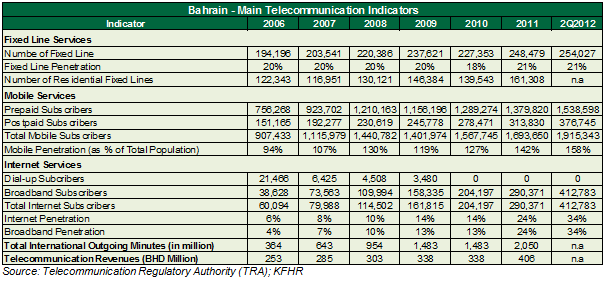
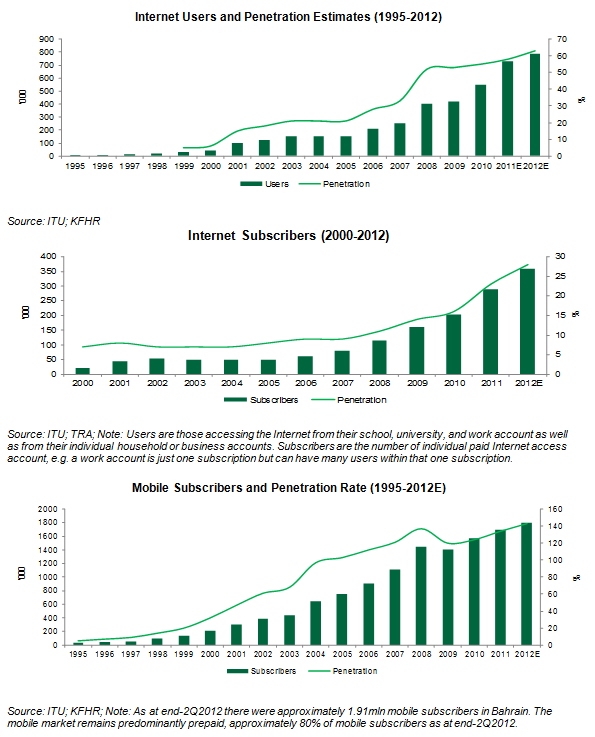
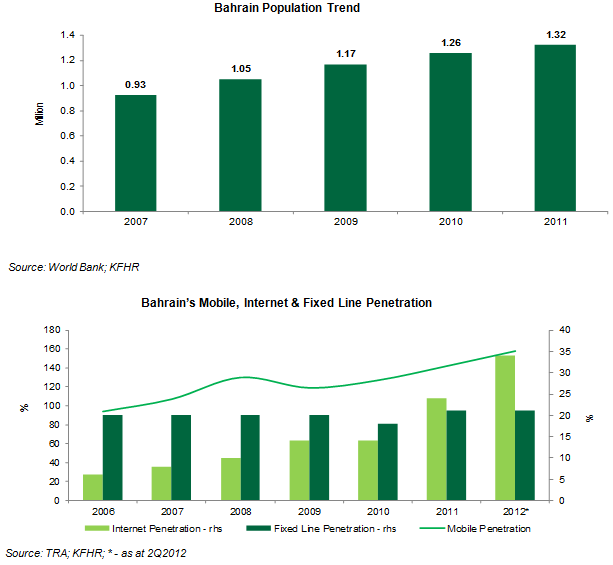
© Press Release 2013


